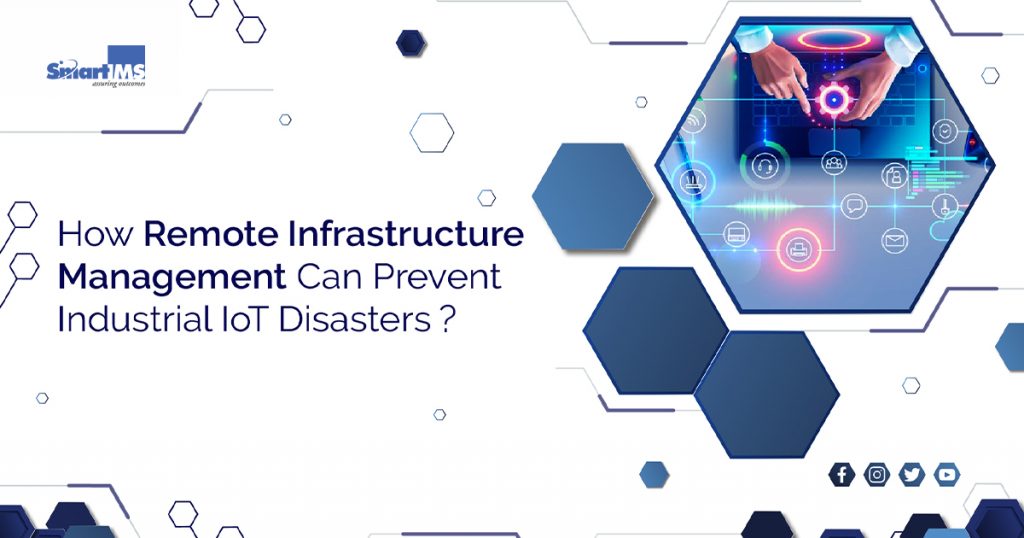As we see more and more of the world move towards the Industrial IoT (IIoT) landscape, it is equally important to be aware of the risks involved – including the risk of disaster. Remote Infrastructure Management (RIM) is the most advanced and reliable way to manage your industrial environments in a cost-effective manner. Find out how Remote Infrastructure Management can be your best defense against Industrial IoT disasters in this article!
Who is at risk of being affected by Industrial IoT Disasters?
The short answer is everyone who depends on industrial production for their livelihood.
The long answer is a little more complicated. First, let’s consider what an IIoT disaster might look like. In the most extreme case, it would manifest as a series of small disruptions that cumulatively lead to decreased productivity and increased costs.
Regardless of how it manifests, an IIoT disaster will have profound consequences for businesses and individuals alike. Businesses will lose money, and individuals will lose their jobs. The knock-on effects of an IIoT disaster would be felt throughout the economy.
In short, anyone who relies on industrial production for their livelihoods will be at risk of being affected by an IIoT disaster.
What are the most common Industrial IoT Disasters?
IIoT disasters come in all shapes and sizes. From equipment failures to data breaches, the potential for disaster is always lurking. The most common IIoT disasters include:
- Downtime: Downtime is one of the biggest enemies of any business, and it can be especially costly in an industrial setting. If your machines are down, you’re not making money.
- Data breaches: With so much data being collected and stored by IIoT devices, there is a greater risk for data breaches. If sensitive data gets into the wrong hands, it could be used to exploit your business or even cause physical damage.
- Equipment failures: If your equipment isn’t properly maintained, it could fail when you need it most. This could lead to lost production, damaged goods, or even injuries.
- Environmental damage: Many industrial processes can harm the environment if they’re not properly monitored and controlled. This could result in hefty fines from environmental agencies or even legal action from impacted parties.
- Employee safety: Employees working in industrial settings are at greater risk for injury if there are problems with the equipment or process, they’re working on. Proper monitoring and management of IIoT can help reduce these risks.
Ways to Prevent Industrial IoT Disasters
To prevent IIoT disasters, businesses need to take a holistic and proactive approach to security. That means implementing policies and procedures that cover everything from device authentication to data encryption. It also means training employees on how to identify and respond to threats.
RIM can help prevent IIoT disasters in several ways:
- By keeping track of all devices and components in the system, remote infrastructure management can help ensure that nothing is overlooked.
- By regular monitoring and maintenance of the system, potential issues can be identified and fixed before they cause problems.
- By providing a centralized point of control, remote infrastructure management can help ensure that the system is properly managed and monitored.
- By keeping track of changes to the system, remote infrastructure management can help ensure that the system is always up to date.
Ultimately, the key to preventing IIoT disasters is vigilance.
In an age where the industrial internet of things is becoming more and more prevalent, it’s important to have a RIM strategy in place to prevent disasters. By having a RIM plan, you can avoid costly downtime and keep your operations running smoothly. So, if you’re looking to get ahead of the curve, don’t wait — put a RIM plan in place today.



